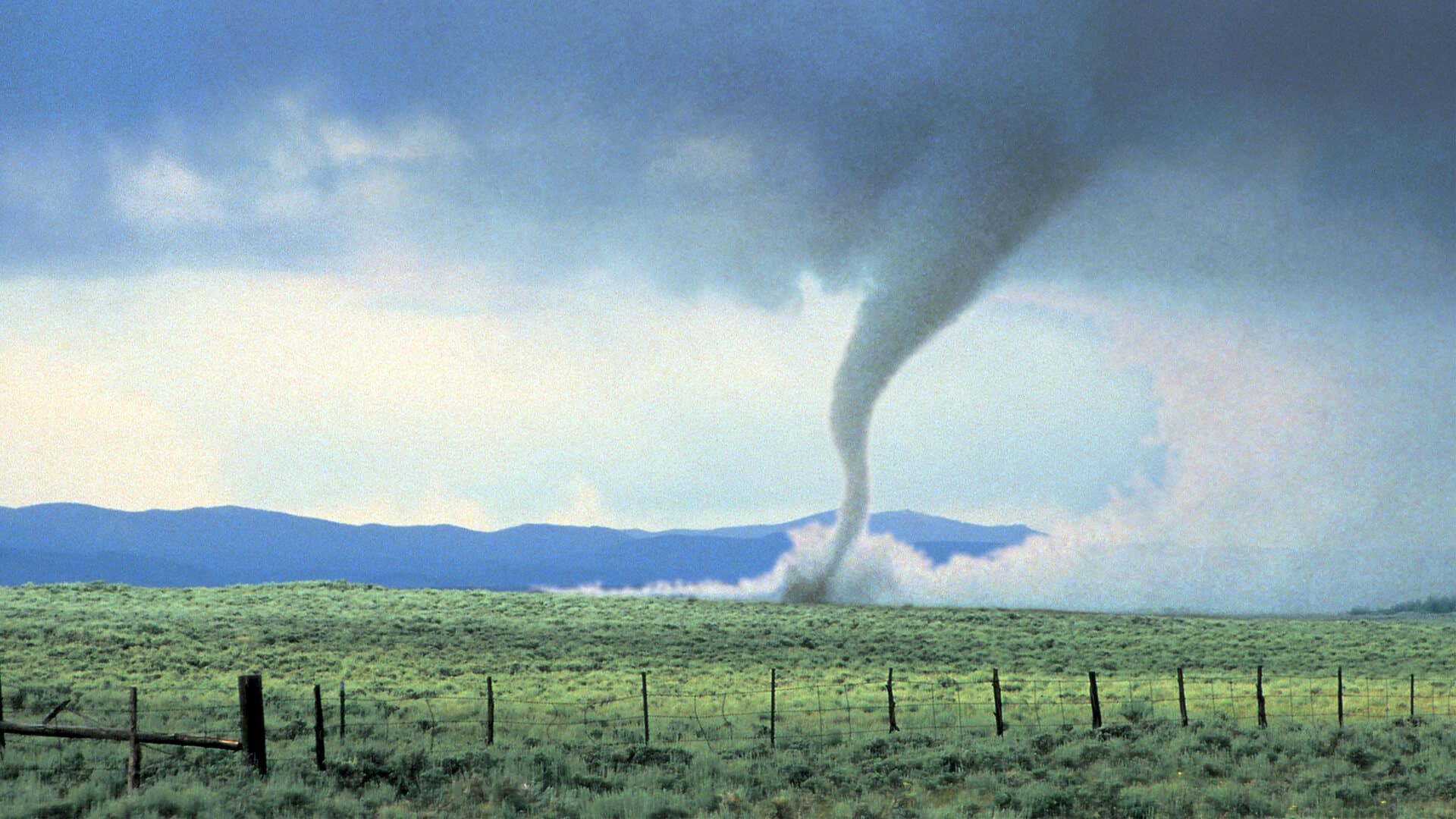Coastlines nationwide could see an average sea level rise of 10 to 12 inches by the year 2050, according to a study by the National Oceanic and Atmospheric Administration (NOAA) released this week. Using satellite data to determine forecasting, the agency anticipates the most severe increase along the Gulf Coast, where water could rise by up to 18 inches.
“The United States is expected to experience as much sea level rise in 30 years as we saw over the span of the entire last century,” said NOAA administrator Rick Spinrad. “Current and future emissions matter, but this will happen no matter what we do about emissions.”
The study also notes that coastal areas previously unharmed by high tide flooding are now likely to be impacted by the overflow.
“Even today’s common wind events and seasonal high tides are already regularly flooding communities, and they will do so to an even greater extent in the next few decades, affecting homes and business, overloading stormwater and wastewater systems, infiltrating coastal groundwater aquifers with saltwater, and stressing coastal wetlands and estuarine ecosystems,” the agency states.
The NOAA report supplements a major research study conducted by the Intergovernmental Panel on Climate Change (IPCC) last summer, which indicated that storms, droughts, and heatwaves are occurring at significantly higher rates than they have in the past. Experts warn that people should be alarmed by the growing frequency of these natural disasters.











